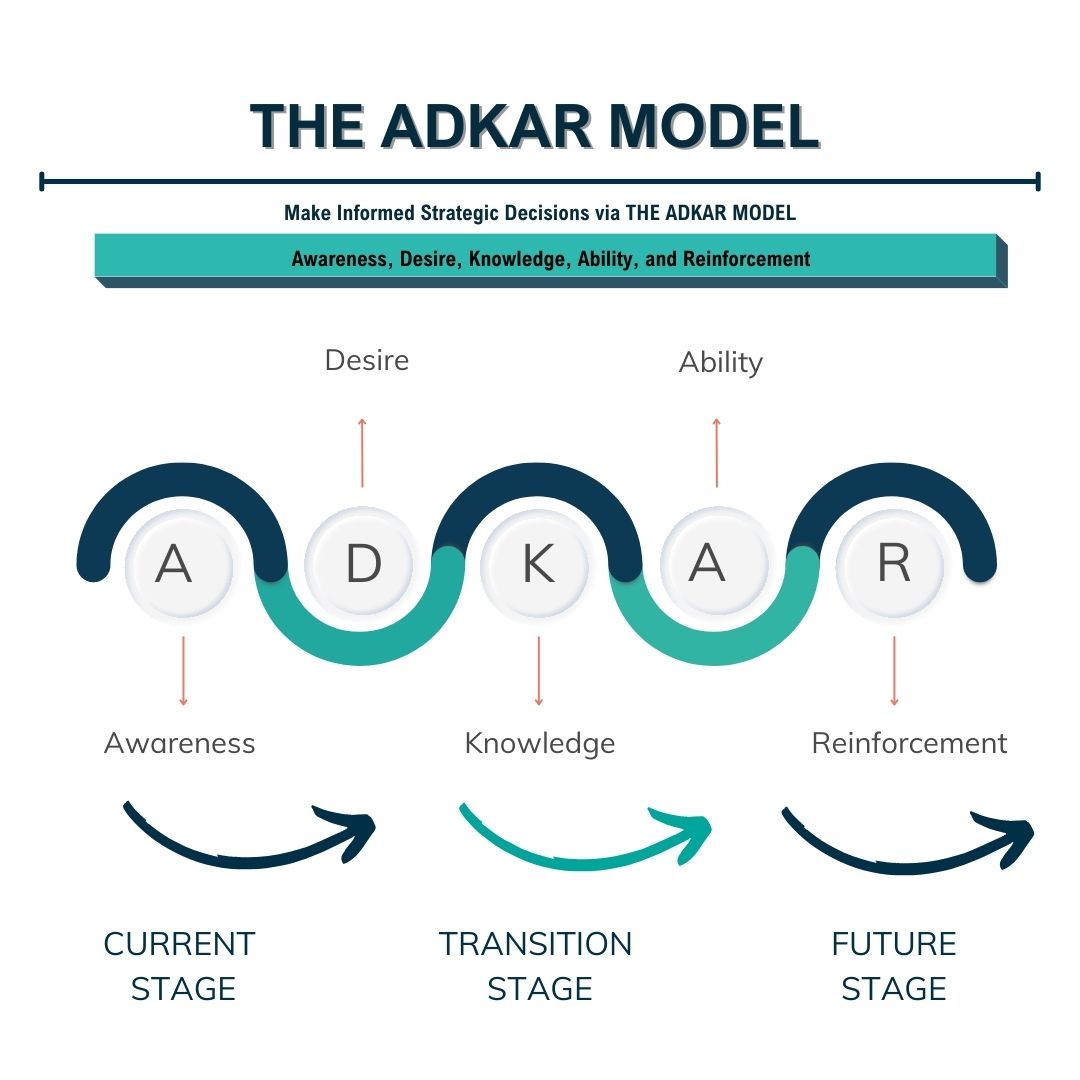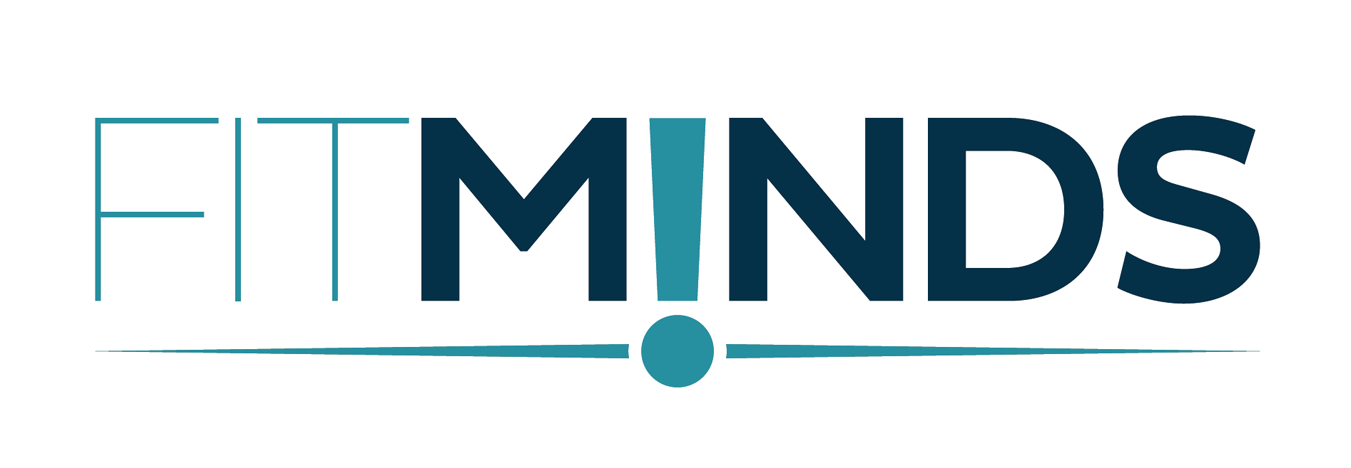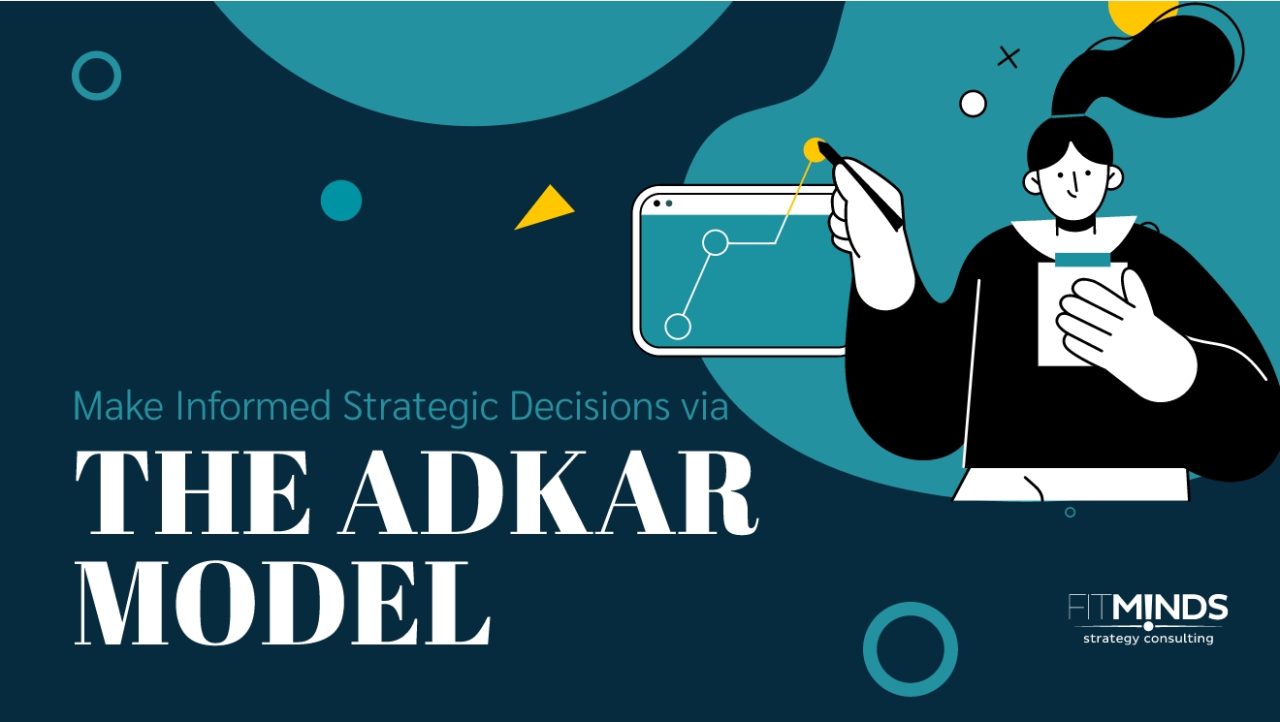The ADKAR model is a change management framework designed to assist organizations in comprehending the phases of organizational change. Jeff Hiatt developed the ADKAR model, an acronym representing the five essential outcomes – Awareness, Desire, Knowledge, Ability, and Reinforcement – that organizations must attain for a change to be successful.
Main Benefits of The ADKAR Model
The ADKAR Model provides a structured framework for organizations to guide their approach to change management. It can be utilized as part of sustainability and impact initiatives.
The ADKAR Model helps you:
- to take the necessary steps to make the change successful,
- to dissect the change into components, identify areas of failure, and address the specific impact points,
- to provide leaders with the appropriate strategy and employees with essential information,
- to limit resistance to organizational change.
Explanation of The ADKAR Model
The ADKAR Model, being outcome-oriented, guides change by defining clear steps and milestones at each stage. This structured approach ensures sustainable impact by systematically addressing key elements throughout the change process.
The Model comprises three phases:
Current State (Awareness and Desire Phase)
In the initial phase, the ADKAR framework focuses on creating awareness and cultivating a desire for change, aiming to transition from the “Current State,” where change is acknowledged but not yet initiated.
Transition State (Knowledge and Ability Phase)
The subsequent phase, referred to as the Transition State, emphasizes the acquisition of knowledge and the development of abilities. During this stage, individuals are equipped with the necessary information and skills to facilitate the actual transition from the current state to the desired state.
Future State (Reinforcement Phase)
The third phase, known as the Future State, is realized through concentrated efforts on reinforcement. This involves celebrating achievements, providing ongoing support, and embedding the changes into the organizational culture for long-term success.

The framework comprises five essential elements crucial for successful change: Awareness, Desire, Knowledge, Ability, and Reinforcement. The steps are outlined as follows:
1. Create awareness regarding the necessity for change. Communicate the reasons for change and highlight the benefits.
2. Trigger the desire to participate in and support the change. Align the change with individual values and goals to create motivation.
3. Offer the necessary knowledge for implementing the change. Training can be necessary to ensure that individuals have the knowledge required for the change.
4. Ensure employees possess the ability to effect the change. They should receive the necessary support to perform the new tasks.
5. Reinforce implemented changes to ensure lasting impact and integration.
How to Apply The ADKAR Model
To apply The ADKAR Model to your business, FITMINDS is providing an adoption of the model that fits your company and your company’s needs. By using The ADKAR Model, organizations can guide their approach to change management.
Contact us to get more information or discover your probable personalized roadmap for The ADKAR Model.
Additional Tips and Readings
- For a management method used to align an organization’s goals and objectives, you can read The Hoshin Planning.
- You can learn more about organizational strategy models with the Miles and Snow Organizational Strategy Model.
- To read more about business strategy, you can check the Pyramid of Purpose Model.
- For a step-by-step strategic planning tool, you can read Lafley and Martin’s Five-Step Strategy Model
Contact us to create effective marketing strategies via The ADKAR Model



13 comments
Pingback: online order enclomiphene generic brand
Pingback: acheter kamagra prescrire un medicament
Pingback: buy androxal online uk
Pingback: get flexeril cyclobenzaprine ireland over the counter
Pingback: cheapest buy dutasteride generic in us
Pingback: online order gabapentin generic pharmacy canada
Pingback: get fildena generic from canada
Pingback: cheap itraconazole usa pharmacy
Pingback: ordering avodart generic good
Pingback: ordering staxyn generic united states
Pingback: ordering rifaximin usa discount
Pingback: discount xifaxan generic mexico
Pingback: nebo kamagra se objeví v testu na drogy
Comments are closed.